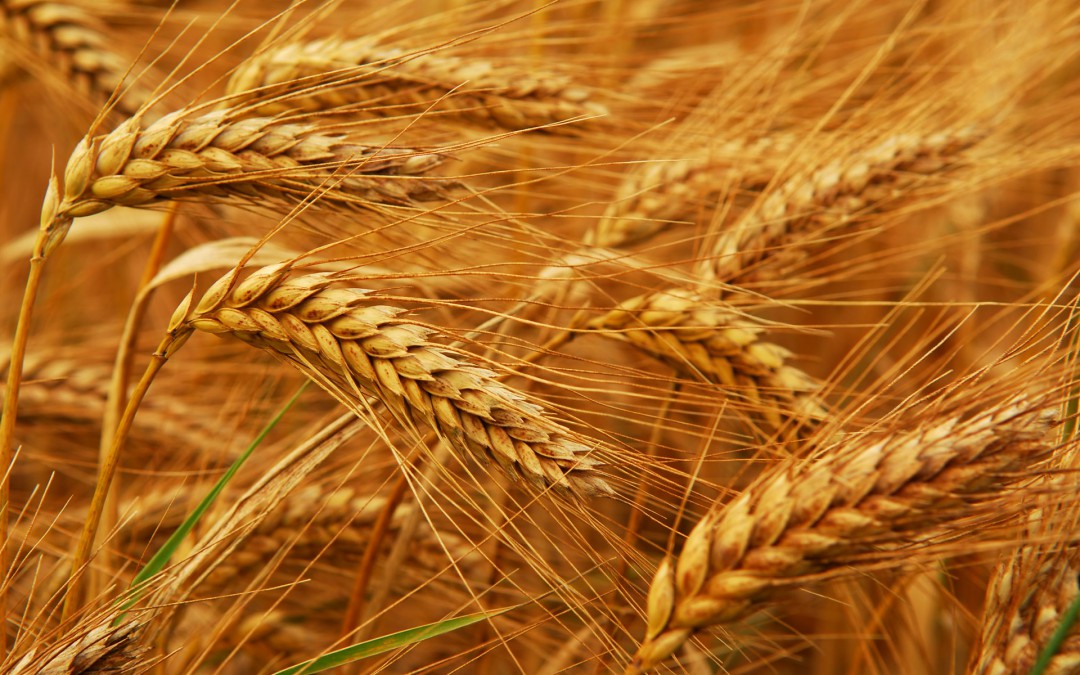Oklahoma could see a bountiful wheat crop this harvest based on early estimates.
The crop is expected to total 130.6 million bushels, according to reports presented recently at the annual Oklahoma Grain and Feed Association’s meeting in Oklahoma City. The average yield is expected to be 34 bushels per acre.
That’s well above total production of 98.8 million bushels last year and 47.6 million bushels in 2014, according to U.S. Department of Agriculture’s National Agricultural Statistics Service. Yields averaged 26 bushels per acre statewide last year and 17 bushels per acre in 2014.
“It’s awfully good,” said Rick Nelson, Oklahoma Cooperative Extension Service ag educator for Garfield County. “All indications are it’s looking really good.”
In recent years, production has been up and down, with the crop often hurt by drought and late freezes.
If the prediction holds, this year’s crop would be the best since 2012, when 154.8 million bushels were harvested statewide, on a yield average of 36 bushels an acre. Since 2006, production and yields have been:
• 2006, 81.6 million bushels and 24 bushels per acre.
• 2007, 98 million bushels and 28 bushels per acre.
• 2008, 170.2 million bushels and 37 bushels per acre.
• 2009, 74.8 million bushels and 22 bushels per acre.
• 2010, 119.4 million bushels and 31 bushels per acre.
• 2011, 73.6 million bushels and 23 bushels per acre.
• 2012, 154.8 million bushels and 36 bushels per acre.
• 2013, 105.4 million bushels and 31 bushels per acre.
• 2014, 47.6 million bushels and 17 bushels per acre.
• 2015, 98.8 million bushels and 26 bushels per acre.
The Enid area should be in line with the yield prediction this year. Nelson said yields in the area should be in the mid-30s.
“That will be readily attainable in Garfield County,” he said.
There has been little damage to the crop in the area due to weather, Nelson said, although there have been some disease issues, such as stripe rust, that have required farmers to treat their fields with a fungicide.
Harvest should begin in the area by the first of June, Nelson said.
NASS, in a report issued May 9, reported 9 percent of Oklahoma’s wheat crop was in excellent condition. The bulk of the crop — 56 percent — is listed in good condition, while another 30 percent is in fair condition. Only 5 percent is listed in poor condition.
The disastrous crop of 2014 dropped the value of Oklahoma’s wheat crop to a 50-year low of $300 million, said Mike Schulte, executive director of Oklahoma Wheat Commission. The annual average is between $600 million and $1 billion, he said.
Even with prices down, this year’s crop should be back up to the average range, Schulte said.
By harvest, the price for wheat locally should be between $3.50 and $4 a bushel, said Trent Milacek, Oklahoma Cooperative Extension Service ag economics specialist.
“Basically, the reason prices are down is overall good worldwide production last year,” he said.
The canola crop is looking good, too, Nelson said.
“It’s setting up to be a surprisingly good harvest this year.”
NASS shows 11 percent of the state’s canola crop in excellent condition, with 57 percent in good and 28 percent in fair. Four percent of the crop is in poor or very poor shape.
Story by: Enid News & Eagle
Written by: Kevin Hassler, Associate Editor


